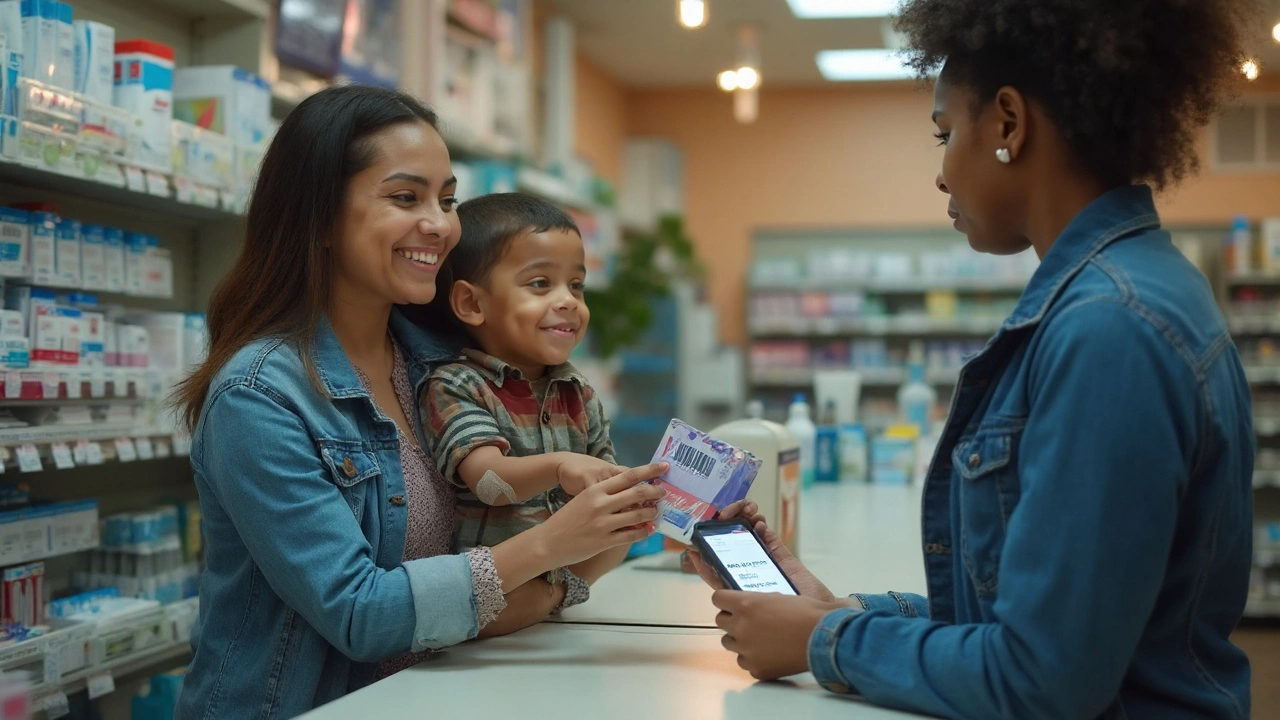Impetigo Treatment Cost: What to Expect and How to Save
Got a case of impetigo and wondering how much the cure will set you back? You’re not alone. Most people think the price only comes from the medicine, but the total bill includes doctor visits, lab tests (if any), and pharmacy mark‑ups. In the UK, NHS appointments are free for residents, but private consultations can run £40‑£80. In the US, a single office visit may cost $80‑$150 without insurance.
When it comes to the drugs themselves, there are two main paths: topical creams or ointments and oral antibiotics. Topical options like mupirocin or fusidic acid usually range from £5 to £15 at a local pharmacy, and you can find generics for as low as £3. Oral antibiotics such as flucloxacillin, cephalexin, or doxycycline typically cost between £8 and £20 for a standard 5‑day pack when you use a generic version. Brand‑name pills can push the price to £30‑£40.
Topical vs Oral: What’s the Price Difference?
Most mild impetigo cases clear up with a cream applied two to three times daily. That means you only need a small tube, which keeps the cost down. If the infection spreads or is stubborn, doctors often prescribe a short course of oral antibiotics. The price jump isn’t huge, but remember you’ll need a prescription for the tablets, which adds the consultation fee if you’re not covered by public health.
Insurance can shave a lot off the bill. In the US, many plans cover generic antibiotics in full, leaving you with a $0‑$10 copay. In the UK, if you’re on the NHS you’ll get the prescription for a flat £9.35 charge, regardless of the medication. Some pharmacies also offer discount cards that bring the cost of a cream down to £1‑£2.
Saving Tips for Impetigo Care
First, ask your doctor if a generic version will work. Generics have the same active ingredient and are proven to be just as safe. Second, check if your local pharmacy has a price‑match policy – many will match the lowest advertised price in the area. Third, consider online pharmacies that ship to your door; they often list cheaper prices, but make sure they’re licensed and require a prescription.
If you’re uninsured or on a tight budget, look for community health clinics. They frequently offer free or low‑cost consultations and may provide medication at reduced rates. Some charities even run pop‑up clinics during winter skin‑infection spikes, handing out free creams.
Finally, don’t skip the follow‑up. A quick check‑in after a few days can confirm the infection is clearing, so you avoid an extra doctor's visit later. Keeping the treatment short and effective saves both time and money.
Bottom line: a basic impetigo treatment can be as cheap as £5‑£10 if you stick with generics and use public health services. Even in pricier health systems, smart choices—like using discount cards and opting for generic drugs—keep the total well under $100. Knowing where the costs hide helps you get the right care without breaking the bank.
Mupirocin Cost in 2025: Is It Worth the Price for Skin Infection Treatment?
- Cheryl Moran
- September 8, 2025
- 19 Comments
What does mupirocin really cost in 2025, and when is it worth it? UK-focused, with US ranges, evidence, alternatives, and money-saving steps for skin infections.
read more